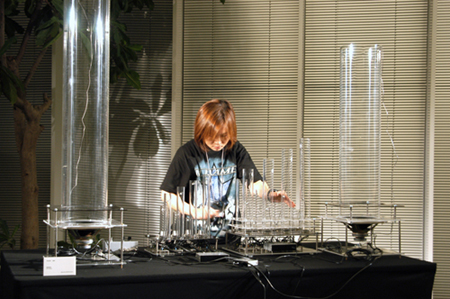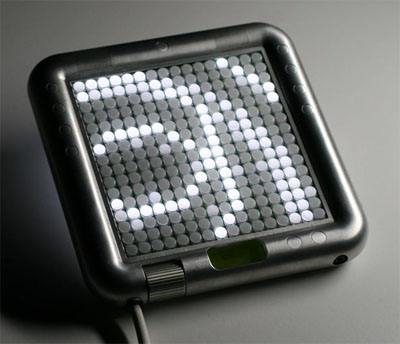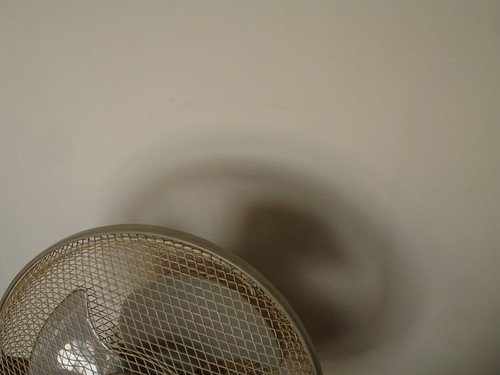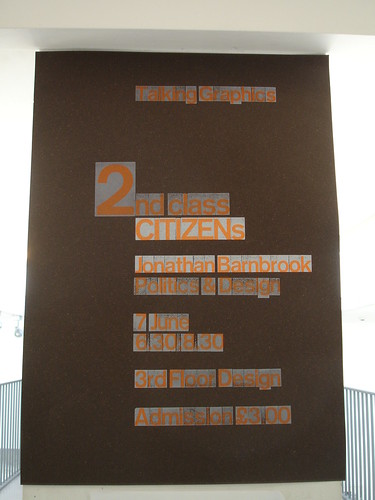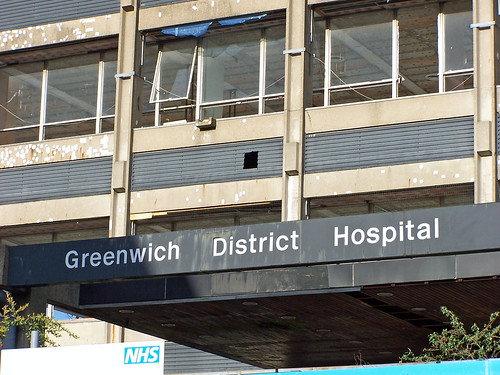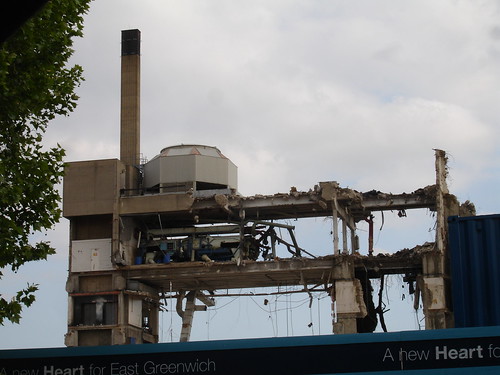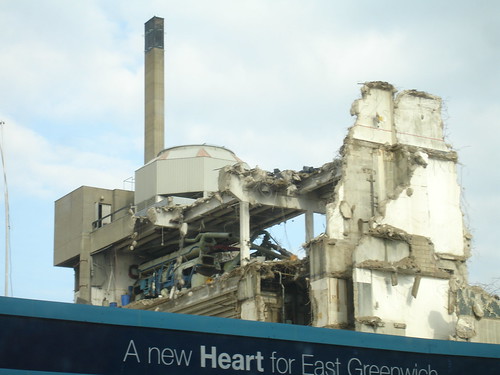Tomas Saraceno at the Barbican
I went to hear Rem Koolhaas talk about the future of London's skyline on Friday night. He was busy in Kuwait so Norman Foster took his place.
Anyway, before all the drama I sat in the curve for a while. The curve's that 80 metre curvy bit in the Barbican which I'd never noticed before, and this thing is the first specially commissioned bit of work for the space. It's a moving panorama of Salar de Uyuni - a very big salt lake in Bolivia. Saraceno used a ring of 32 cameras to make it. The clouds move steadily, and it's quite beautiful.
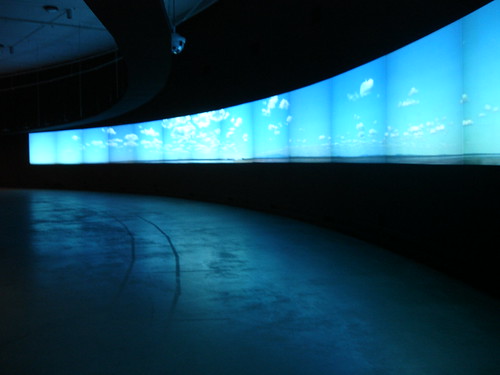
Saraceno's other projects are pretty impressive too. He's making habitable cells: cities in the sky that change form and join together like clouds via aerogel, under the guise of Air-Port-City. He also calls tensegrity his hero, and has made the world's biggest solar energy geodesic balloon. Lots of wow:

He's talking at the Barbican July 3rd at 6.30 too.
Anyway, before all the drama I sat in the curve for a while. The curve's that 80 metre curvy bit in the Barbican which I'd never noticed before, and this thing is the first specially commissioned bit of work for the space. It's a moving panorama of Salar de Uyuni - a very big salt lake in Bolivia. Saraceno used a ring of 32 cameras to make it. The clouds move steadily, and it's quite beautiful.

Saraceno's other projects are pretty impressive too. He's making habitable cells: cities in the sky that change form and join together like clouds via aerogel, under the guise of Air-Port-City. He also calls tensegrity his hero, and has made the world's biggest solar energy geodesic balloon. Lots of wow:

He's talking at the Barbican July 3rd at 6.30 too.
Labels: architecture

